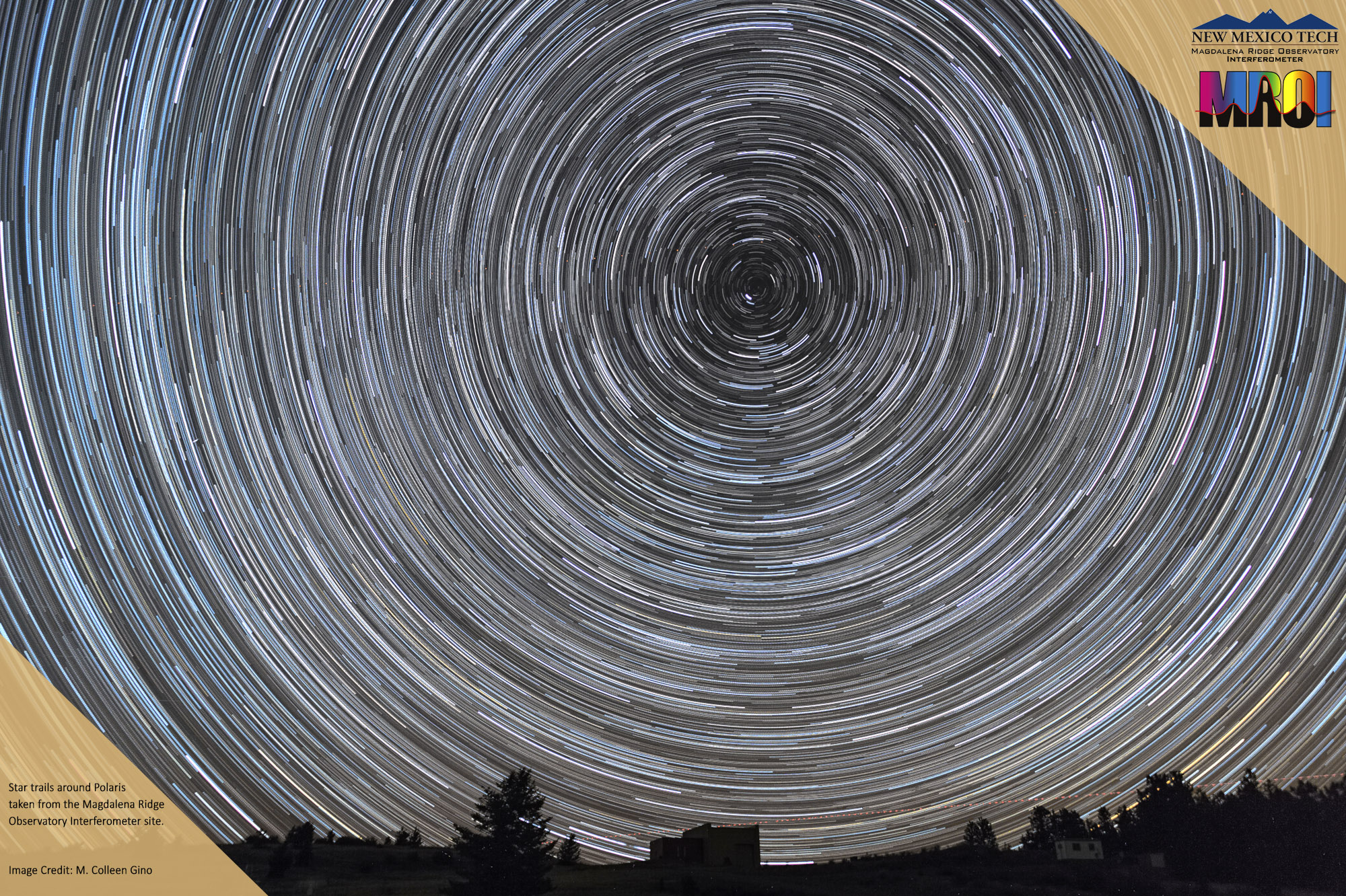By Dave Finley
Public Information Officer
National Radio Astronomy Observatory
On Saturday, October 10, the National Radio Astronomy Observatory (NRAO) will mark exactly 40 years since the dedication of the Very Large Array — a scientific icon that has greatly advanced our understanding of the Universe.
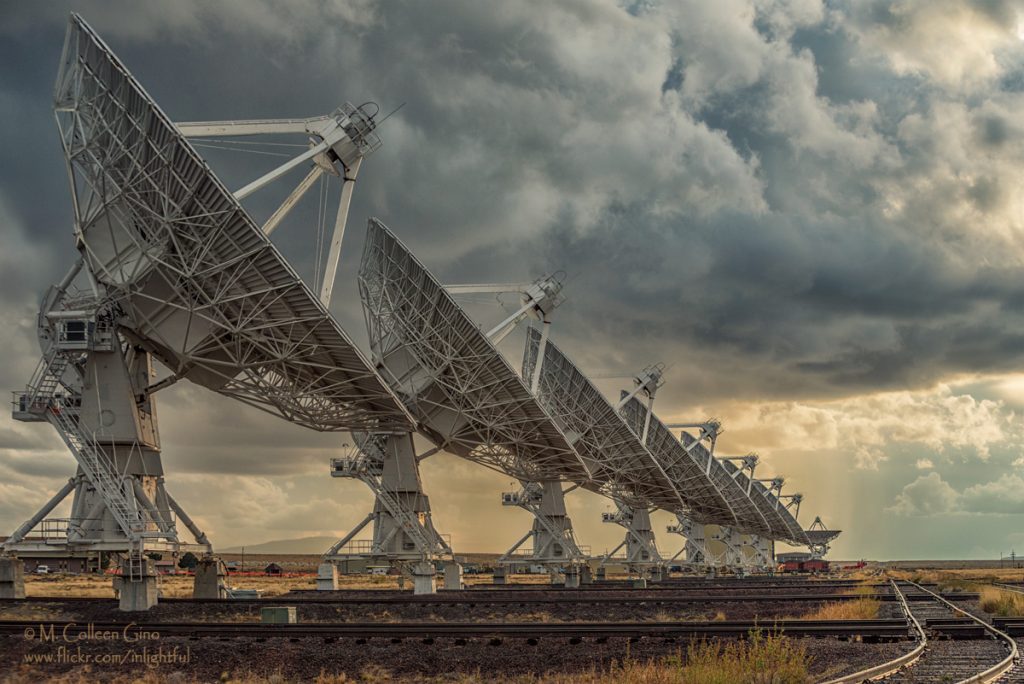
At the beginning of this year, we had started planning to celebrate this anniversary with a large public ceremony on the Plains of San Agustin, with the VLA’s giant, 230-ton dish antennas as the backdrop. We hoped to host a celebration that would at least match the 1980 dedication ceremony that drew hundreds of scientists, government officials, and members of the public.
The COVID-19 outbreak ended those plans, forcing us to close the VLA to the public, but we couldn’t let the occasion go unmarked. This year’s celebration will be online, starting at 9:00 a.m., Mountain Daylight Time, on Saturday. The event will include two virtual tours of the VLA along with presentations on the VLA’s history, supporting an observatory, the VLA Sky Survey, and NRAO’s plans for the future with the Next Generation VLA. Details of the online event are at:
https://public.nrao.edu/event/vla-virtual-tours-2020-10-10/
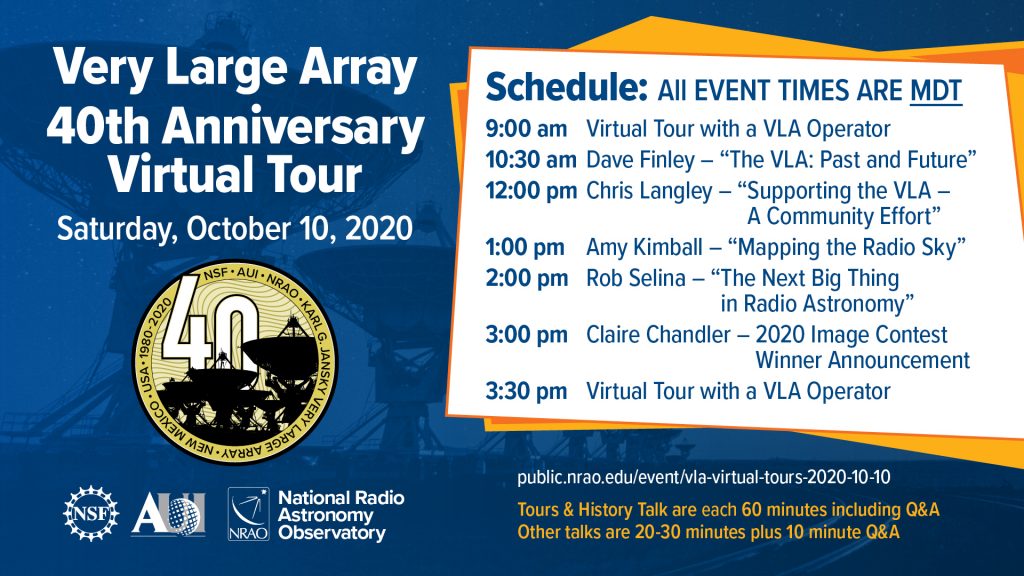
In the four decades since that ceremony in 1980, the VLA has compiled an enviable record of scientific achievement. Its flexibility as a research instrument has allowed it to make discoveries across the breadth of astronomical specialties, ranging from studies of the Sun and planets in our own Solar System to galaxies many billions of light-years distant, and nearly everything in between.
Radio astronomy, which got its start with Karl Jansky’s 1932 serendipitous discovery of radio waves coming from the center of the Milky Way, had come a long way by the 1960s. In that decade, radio telescopes were responsible for discovering quasars, pulsars, and the cosmic microwave background – the remnant radiation from the Big Bang.
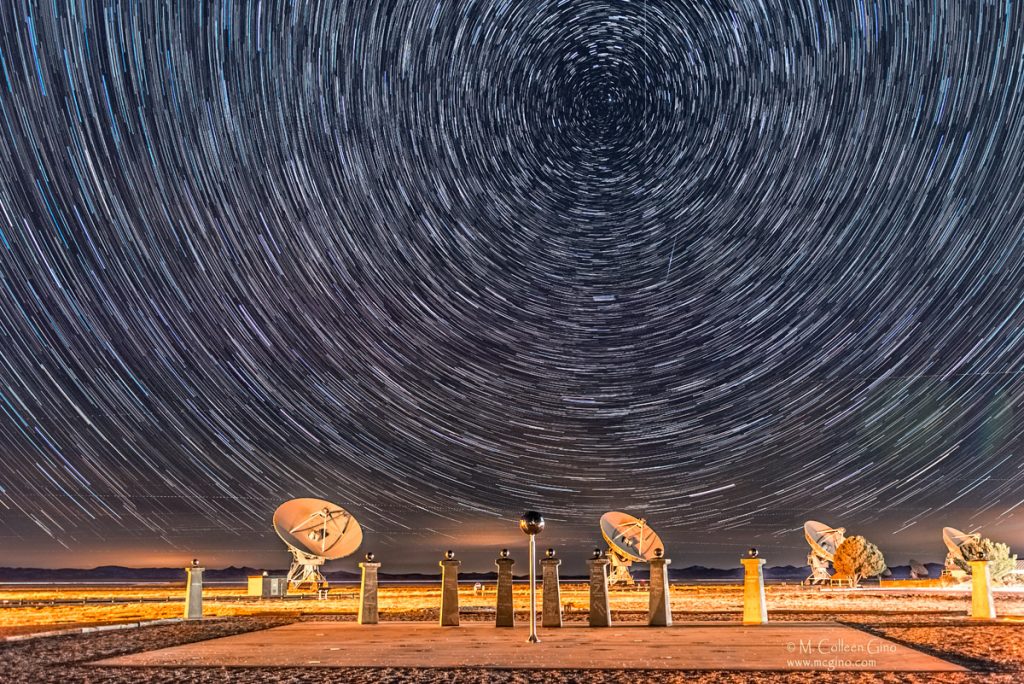
However, the big need was for more resolving power – the ability to see fine detail – an ability in which the large single-dish radio telescopes of that era were severely limited. It became clear to the leadership of NRAO that the future required using the interferometric techniques developed in Britain by Sir Martin Ryle, for which he received the Nobel Prize. NRAO scientists began working on the concept that ultimately would become the VLA in 1962.
The New Mexico connection to the project came as NRAO began seeking a location suitable for a radio telescope system that would incorporate multiple large antennas and span a territory more than 20 miles across. The site-selection process began with inspections that ran from 1965 to 1969. By a process that included map inspections, aerial photos and reconnaissance, and ultimately ground visits, the list of candidate sites was narrowed from 89 down to four finalists.
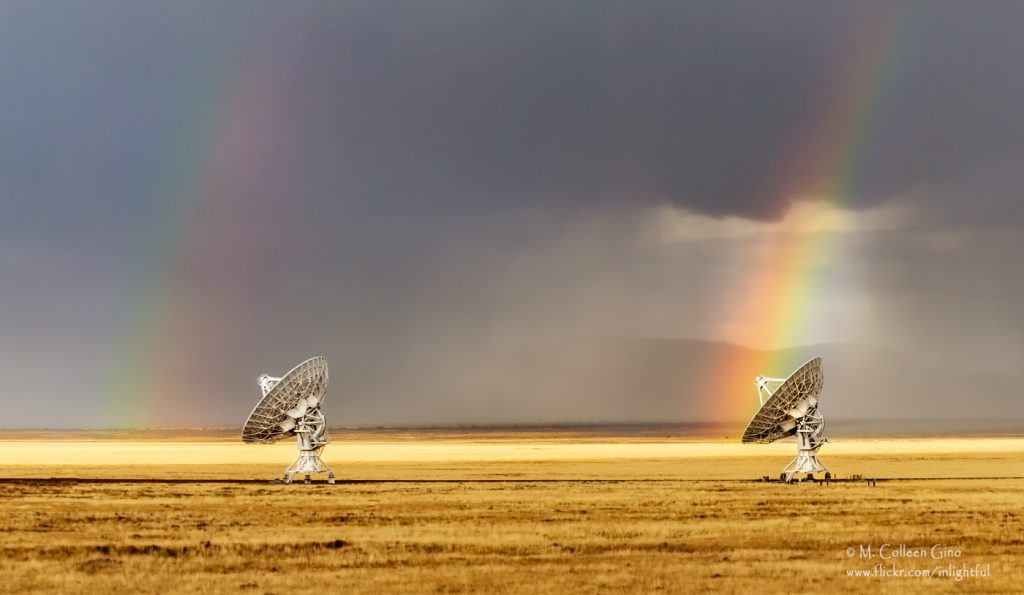
The first NRAO visit to the Plains of San Agustin, in the high desert of west-central New Mexico, came in February of 1966. According to one of the participants, the site immediately impressed the team. In a written report in May of that year, they called it “an excellent potential site.”
In the meantime, NRAO was developing the hardware and software for the VLA at the observatory in Green Bank, West Virginia, building a prototype called the Green Bank Interferometer. Also, the project began working its way through the proposal and approval processes at the National Science Foundation (NSF), the funding agency.
In 1972, the final selection of the VLA site was approved, the project was approved by Congress, and the NSF authorized NRAO to proceed with construction. The following year saw NRAO open an office in Magdalena and, late in the year, take possession of the central site, where the VLA’s buildings now are located.
The dedication ceremony capped a construction project that was completed on budget and a year ahead of schedule, and began an era that provided the world’s astronomers with unmatched research capabilities. The scientific payoff was tremendous, yielding discoveries that surprised even those who had designed the VLA. One astronomer summed up the scientific impact by saying, “You could point the thing at anything and learn something no one knew before.”
As the VLA racked up important discoveries in the years that followed, technology was advancing rapidly, and by the mid-1990s it became apparent that newer technology could greatly increase the power of the VLA as a scientific tool. In 2001, the NSF approved an expansion project that replaced the original, 1970s-era electronics with state-of-the-art equipment, and work began the following year. With funding from the NSF, Canada, and Mexico, this project turned the VLA into a completely new and vastly more capable research instrument. That status was recognized by a rededication ceremony in 2012 that renamed it the Karl G. Jansky Very Large Array, honoring the founder of radio astronomy.
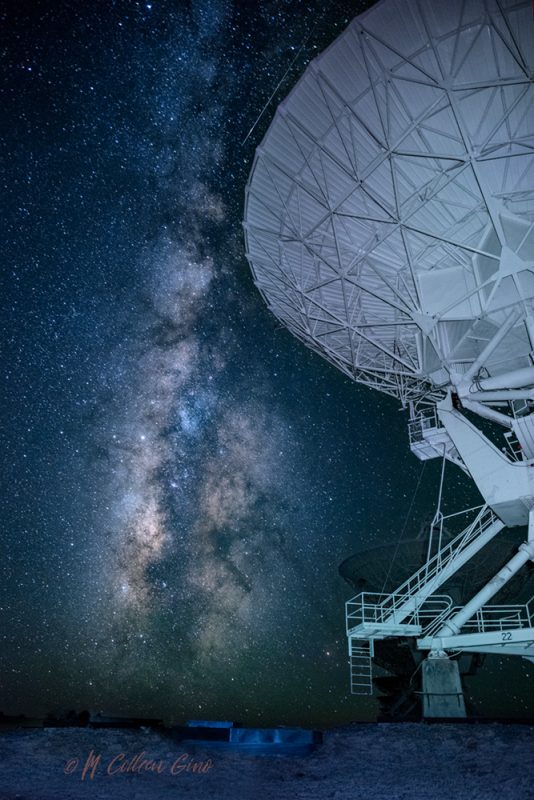
The scientific importance of the VLA, along with the stunning visual impact of those giant dish antennas rising out of the desert, have attracted world-wide attention from filmmakers, photographers, writers, and entertainers. The VLA had a leading role in the 1997 Warner Brothers film “Contact,” and in several other feature films and TV productions. It has been a highly-sought backdrop for everything from music videos to car commercials, and is a popular subject for photographers.
Since its inception, the VLA has remained at the forefront of science, enabling discoveries that addressed some of the biggest unanswered questions in astronomy. Today, NRAO plans to continue providing advanced tools for frontier science by developing the Next Generation Very Large Array (ngVLA). The ngVLA will build on the proud legacy of the VLA – and the hundreds of staff members who have supported the VLA over the past decades– to help unravel the scientific mysteries that will challenge the coming generations of astronomers.
